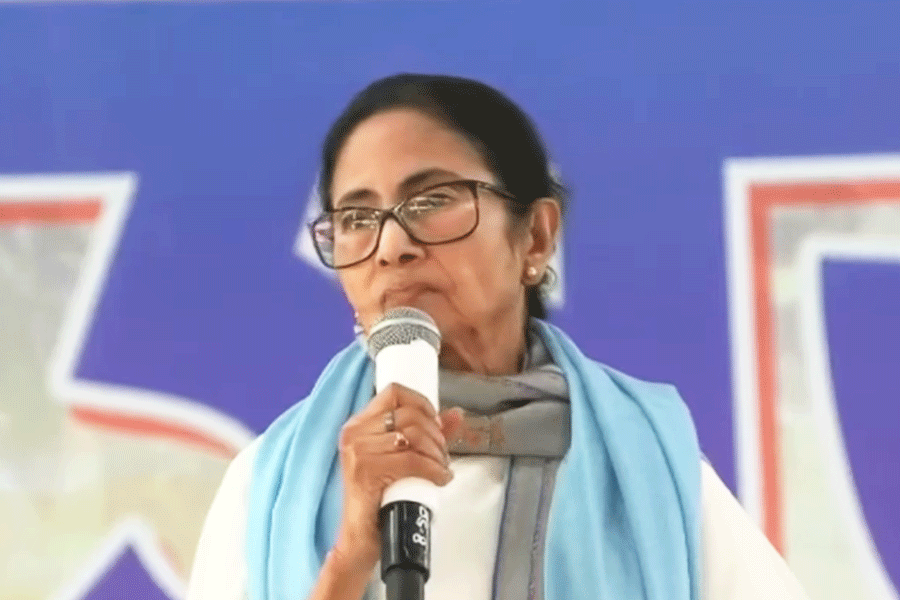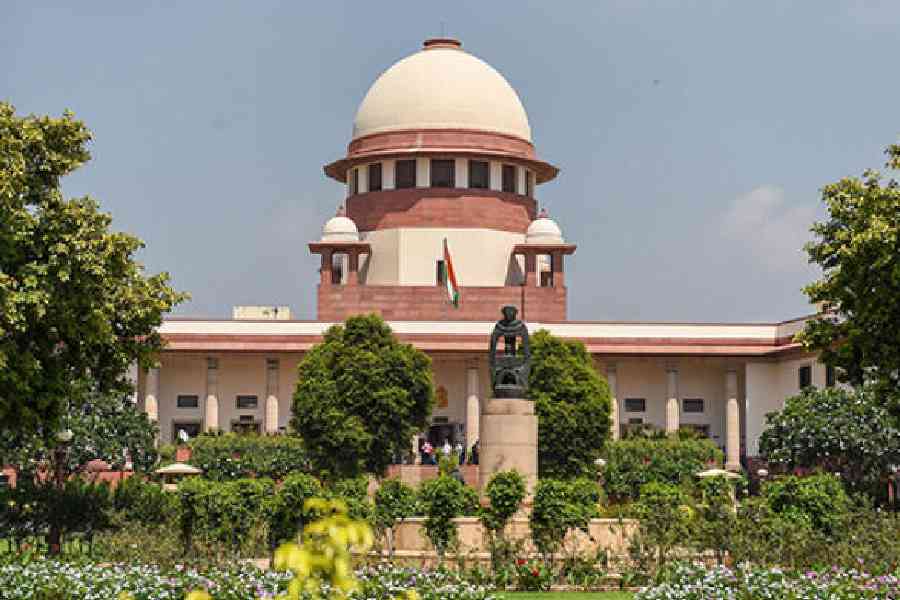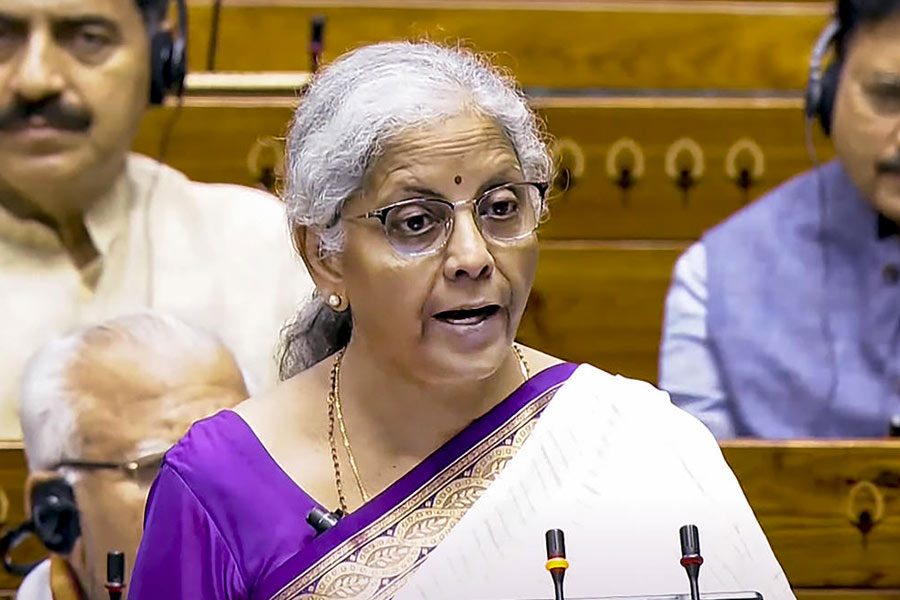.jpg)
Salt Lake’s waste management system has got a slight boost with two garbage-shrinking mobile compactor machines being deployed. The machines are compressing trash by sucking out water and reducing its volume by around 25 per cent but these machines are way smaller than the ones promised by the authorities before the corporation elections last year.
The township generates almost 150 tonnes of garbage daily and a network of hand-pushed carts and trucks have traditionally dumped it in Mollar Bheri, behind Sector V. But the bheri is part of the fragile ecosystem of the East Calcutta Wetlands and is protected by the Ramsar Convention, a 1971 international treaty signed in Ramsar, Iran, for the conservation and sustainable utilisation of wetlands.
Despite the treaty, Mollar Bheri is bursting at the seams and the trash is perilously close to overflowing into the wetlands. So last year, the erstwhile Bidhannagar Municipality had announced its decision to purchase three stationary compactor units, as reported in the article “Leash for the garbage demon”, published in The Telegraph Salt Lake on January 30, 2015.
The machines were to have the capacity to handle 14 metric tonnes of waste and reduce it to 10 metric tonnes in a day.
Instead, what the Bidhannagar Municipal Corporation has got are two trucks mounted with rear loading garbage compactors with a capacity of handling only 14 cubic meters of trash per load or 6.73 tonnes approximately. “The mobile compactors are staying at the stackyard opposite Poura Bhavan and every morning they are being driven around the township for hand-pushed garbage carts to be emptied into them,” said a supervisor of the solid waste management department. “The machines are then compressing the trash and driving down to Mollar Bheri to empty the contents.
Dumping is easy too as it does it automatically. With regular trucks we need labourers to dump the garbage.”
.jpg)
Pictures by Snehal Sengupta
Though each compactor truck is making around five trips a day, a retired official of the corporation’s conservancy department said this was not even five per cent of the total requirement. “The rest of the garbage is still being transported by regular trucks without compression. Bigger compactor units are required, like the ones Calcutta Municipal Corporation (CMC) uses,” he says. There are no immediate plans of segregation of biodegradable from the non-biodegradable trash.
Nonetheless, the authorities are upbeat. “The new compactors will be of great help. They can carry more garbage than regular trucks so we shall save on diesel. Also, since they are enclosed it will not raise a stink while driving down the streets of the township,” said Devashis Jana, the mayoral council member in charge of the solid waste management department of the corporation.
Jana had previously spoken about segregating the waste into biodegradable waste, construction waste and e-waste before getting it compressed.
As for the larger stationary compactor units, they will be imported later after adequate infrastructure is in place. “Before we get those units we need to build sheds, drainage systems etc. These mobile compactors are a pilot project before that happens,” says Jana. The cost of procuring the big compactors and building sheds for them is around Rs 1 crore, said a CMC official. Sources say Bidhannagar Municipal Corporation had floated an e-tender for the construction of a single unit compacting station in February.

.jpg)








